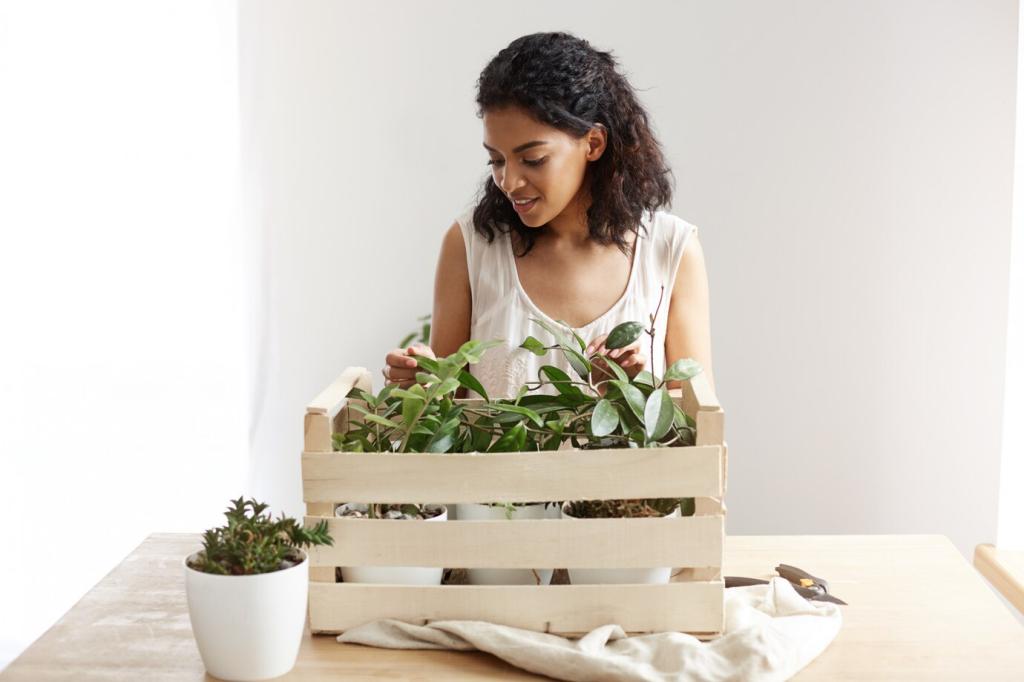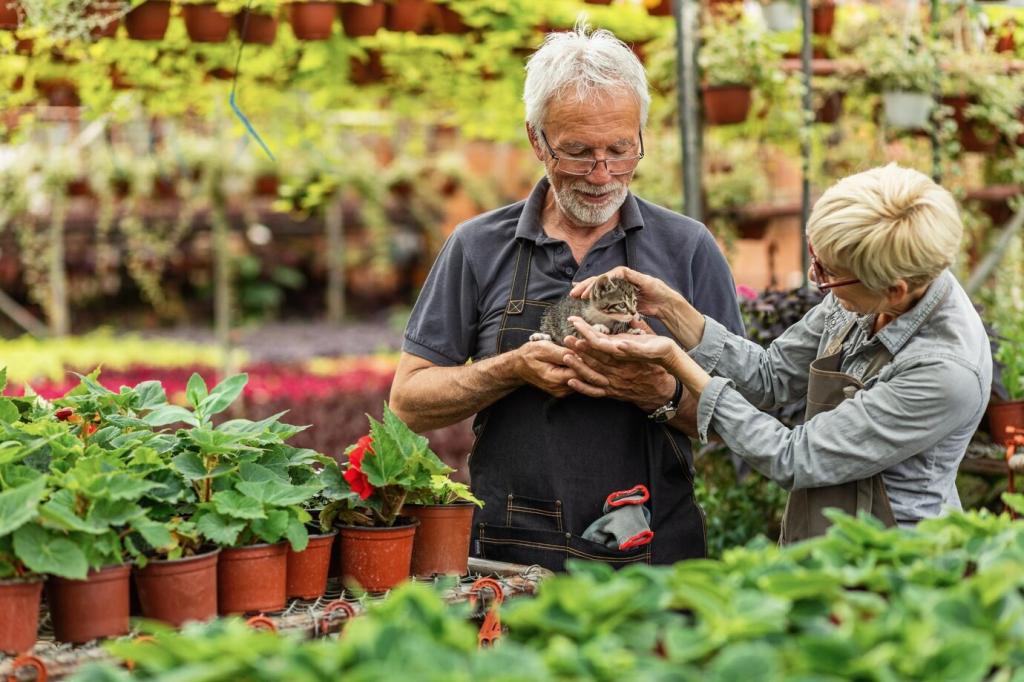Sustainable Materials and Non-Toxic Finishes
Choose untreated pine or cedar, exterior screws, and stainless or coated fasteners. Avoid pressure-treated wood where animals might chew or rest. Prefer FSC-certified timber and vinyl-coated or powder-coated mesh. Share local sources that balance affordability, safety, and durability.
Sustainable Materials and Non-Toxic Finishes
Use water-based exterior paints or stains only on exteriors, and allow full cure time. Food-safe oils like polymerized linseed can help, but test first. Post your finishing schedule and climate, and we’ll suggest curing timelines that actually work.






